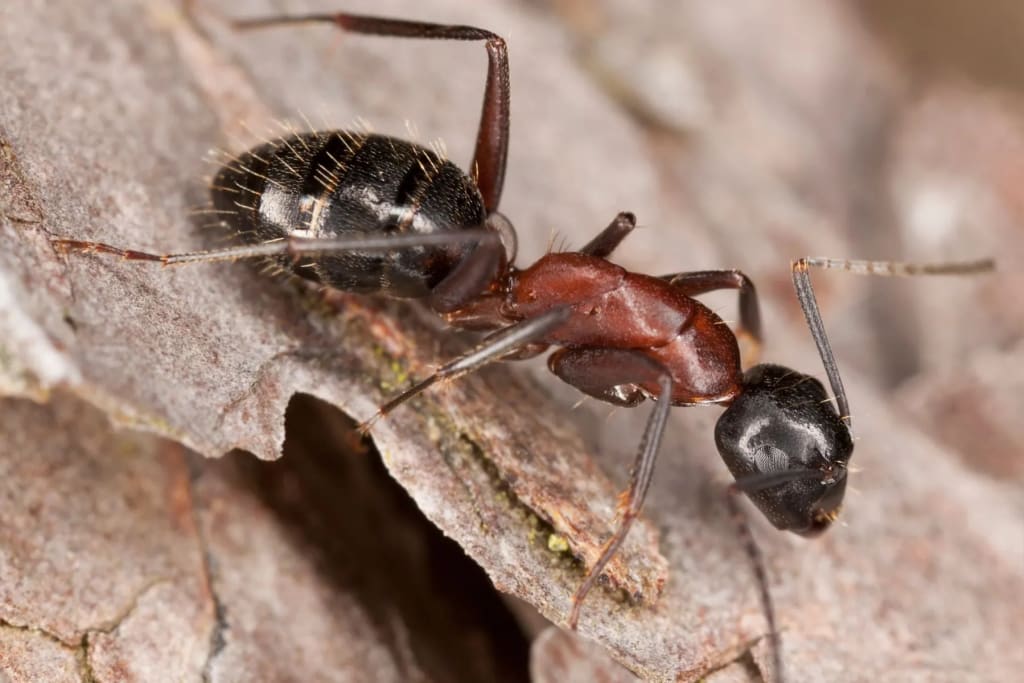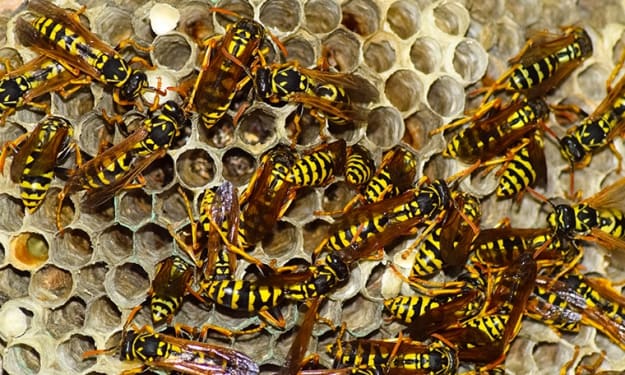Content warning
This story may contain sensitive material or discuss topics that some readers may find distressing. Reader discretion is advised. The views and opinions expressed in this story are those of the author and do not necessarily reflect the official policy or position of Vocal.
Carpenter Ant Treatment Best Practices and Treatment Protocols
Utilizing Integrated Pest Management

Carpenter ants can be a significant nuisance, causing structural damage to homes and buildings if left unchecked. Recognizing the importance of effective treatment protocols is paramount in managing these pests. In this comprehensive guide, we will delve into the best practices for carpenter ant treatment, ensuring a seamless approach to eradication and prevention.
Understanding Carpenter Ant Behavior
Before initiating any treatment, it's crucial to understand the behavior of carpenter ants. Unlike termites, carpenter ants do not consume wood but excavate it to build their nests. They are attracted to damp or decaying wood and often establish colonies within walls, attics, or crawlspaces. Identifying these nesting sites is fundamental to effective treatment.
Inspection and Assessment
The first step in any carpenter ant treatment protocol is a thorough inspection of the property. Trained professionals should meticulously examine both the interior and exterior of the structure, searching for signs of infestation such as wood shavings, hollow-sounding wood, or ant trails. Identifying the extent of the infestation allows for a targeted and comprehensive treatment plan.
Utilizing Integrated Pest Management
Integrated Pest Management is a holistic approach to pest control that emphasizes prevention, monitoring, and control methods. By leveraging IPM strategies, treatment efforts can be optimized for long-term success while minimizing environmental impact. This may involve sealing entry points, reducing moisture sources, and implementing habitat modifications to deter carpenter ants from nesting.
Targeted Treatments
Once the infestation has been assessed, targeted treatments can be deployed to eradicate carpenter ants effectively. Various treatment options are available, including insecticidal baits, dusts, foams, and liquid sprays. The choice of treatment depends on factors such as the size of the infestation, the location of nesting sites, and environmental considerations. It's essential to select products labeled specifically for Carpenter Ant Treatment control and to follow application instructions meticulously.
Monitor and Evaluate
Following treatment, ongoing monitoring and evaluation are essential to ensure the effectiveness of the intervention. This may involve regular inspections to detect any signs of reinfestation and to address any conducive conditions that may attract carpenter ants. By staying vigilant, homeowners can prevent future infestations and preserve the structural integrity of their property.
Education and Awareness
In addition to implementing treatment protocols, education and awareness play a crucial role in carpenter ant management. Homeowners should be informed about the signs of infestation, conducive conditions, and preventative measures they can take to mitigate the risk of carpenter ant problems. By empowering individuals with knowledge, they can take proactive steps to protect their homes from these destructive pests.
Collaboration with Professionals
While DIY treatments may be tempting, enlisting the expertise of pest control professionals is often the most effective approach to carpenter ant management. Experienced professionals have the knowledge, tools, and resources to accurately assess the situation and implement targeted treatments safely. Additionally, they can provide valuable insights and recommendations for long-term prevention.
Conclusion
Carpenter ants pose a significant threat to the structural integrity of homes and buildings, making effective treatment protocols essential for their management. By elevating our understanding of Carpenter Ant Treatment behavior, utilizing integrated pest management strategies, and deploying targeted treatments, we can successfully eradicate infestations and prevent future problems. Through education, collaboration, and vigilance, we can cultivate environments that are inhospitable to carpenter ants, ensuring the long-term health and safety of our homes.
About the Creator
Enjoyed the story? Support the Creator.
Subscribe for free to receive all their stories in your feed. You could also pledge your support or give them a one-off tip, letting them know you appreciate their work.





Comments
There are no comments for this story
Be the first to respond and start the conversation.